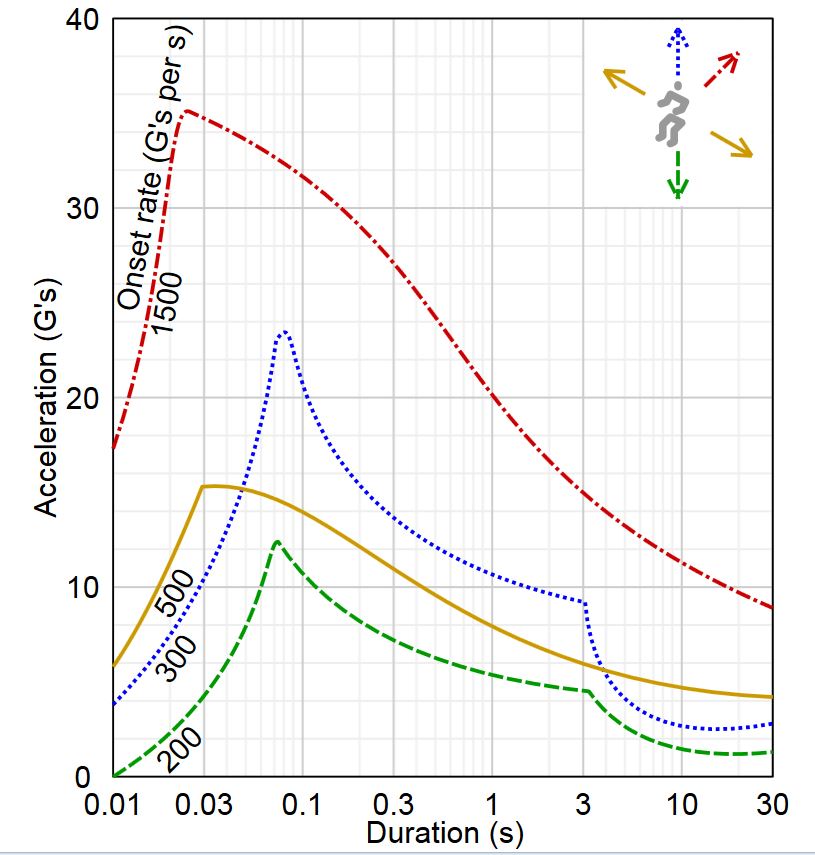Keep your pilots on the carrier doing their flying via remote control technology. The pilots still need to be in space near the fighters because of the limits to the speed of light. Their virtual cockpit could still be just like the real thing except for blacking out, and getting hurt and killed.
I.e., just the same thing the US is currently doing as it is coming to rely on remote control drones. This is certain to be only a first step toward unmanned fighters, regardless of how much the ex-pilots in the force resist the change. Pilots in vehicles only make it more expensive to operate and much more expensive in terms of replacing lost pilots.
It occurred to me that maybe the remote pilots don't even have to know that they are remote pilots -- perhaps due to built-in VR of their fully enclosed flight suit after all, they don't actually need a transparent face shield. Let's assume that pilots perform better when their life is on the line -- actually a reasonable assumption if it reduces unacceptably risky behaviors that destroy too many unmanned fighters due to lazy piloting. And now the pilots also believe they have inertial dampening fields too. Perhaps this is now a fully legitimate answer.
Recovery from "kills" could be explained as a last resort high tech force field, perhaps a Slaver stasis field. If you need to get rid of pilots ... no problem, the field did not work for them. Or it could also be that dying in the simulator naturally results in death in a certain percentage of cases. You have a reverse Ender's Game setup, one politically dirty, one politically clean. Of course those in charge would know the truth. News organizations could be fed misinformation, etc. so only the insiders would know the deception.
Of course, some might object that remote control is subject to hacking, jamming, and speed of light delays -- all true, but the remote advantages may still be larger overall. Still not real inertial dampening though; of course Barbie says, "Gravitics class is hard."
I should also point out at that having pilots in the carrier is not the same as having them in their fighters thanks to the speed of light. If you assume max acceleration of 100 g and a battle lasting 5 minutes the fighter could reach a distance of 0.147 light seconds from the carrier by accelerating in a straight line. How you can achieve such a high rate and duration of acceleration in a fighter is a very hard problem physics problem itself too. A lot of science fiction relays on hand-wavium, esp. where the hand waving is non-obvious. We all know that 100 g's will kill you and FTL is fanciful or beyond our physics, but most SF consumers are not bothered by a fighter having advanced acceleration and duration characteristics or forgetting about the time lag associated with relatively short distances.


